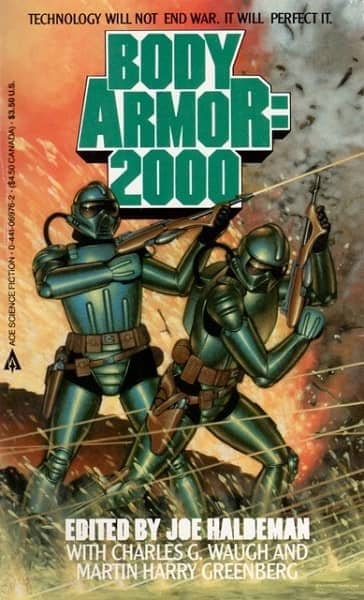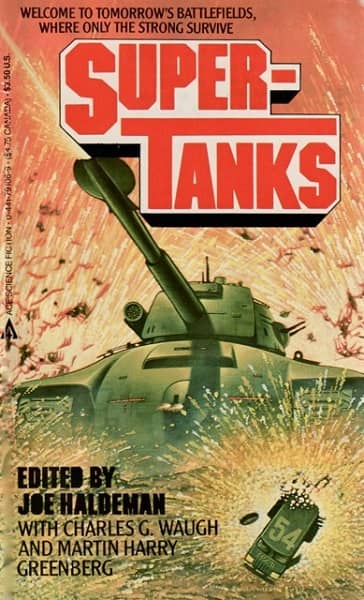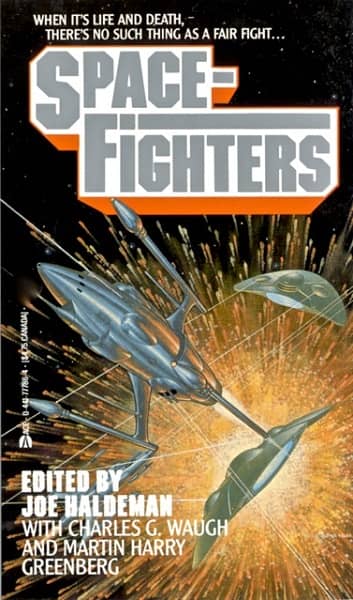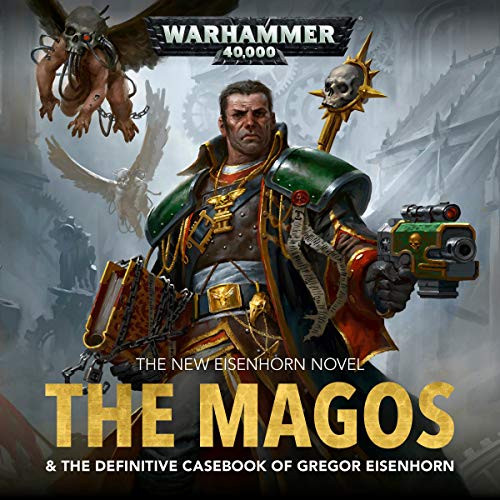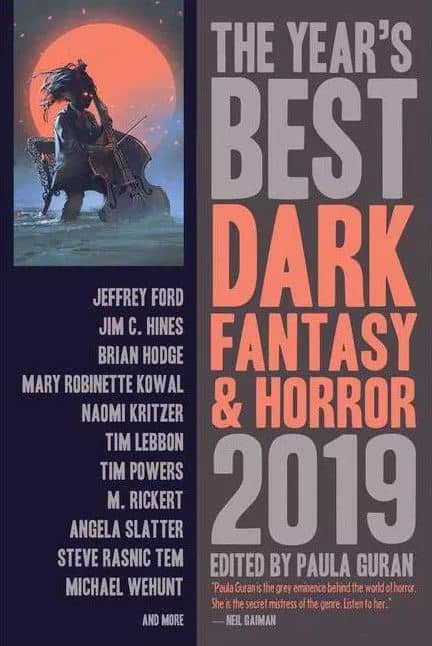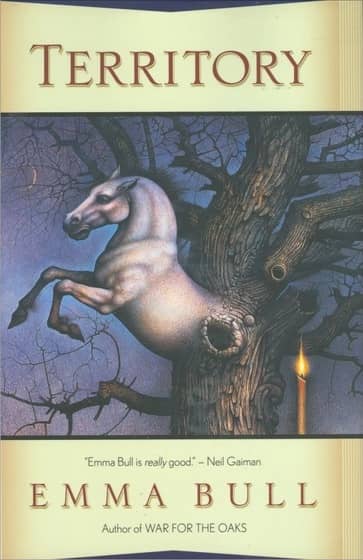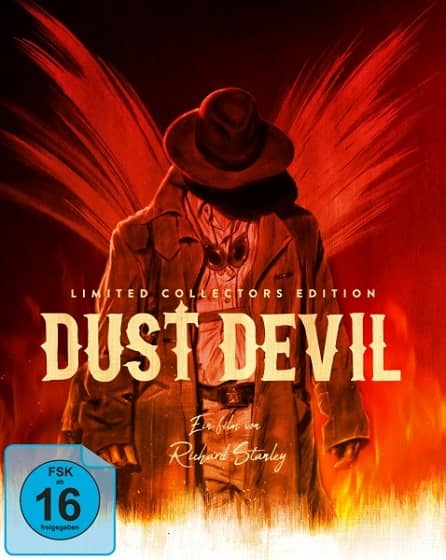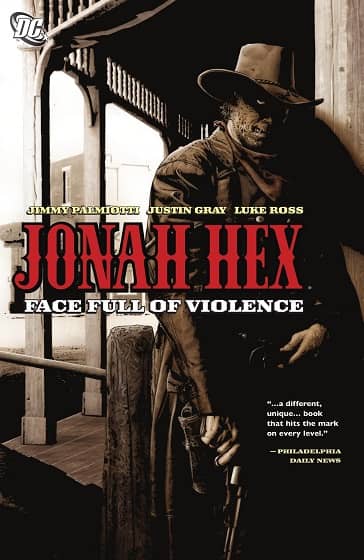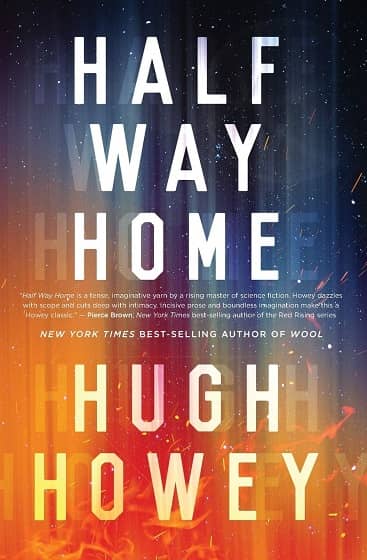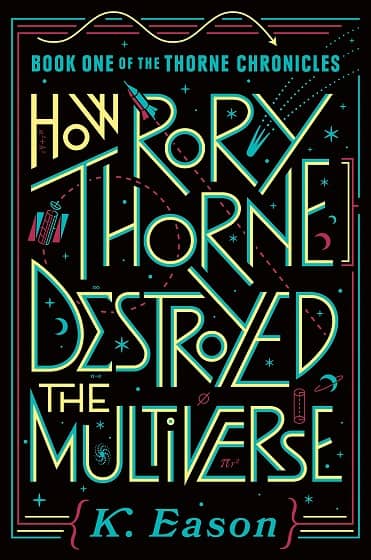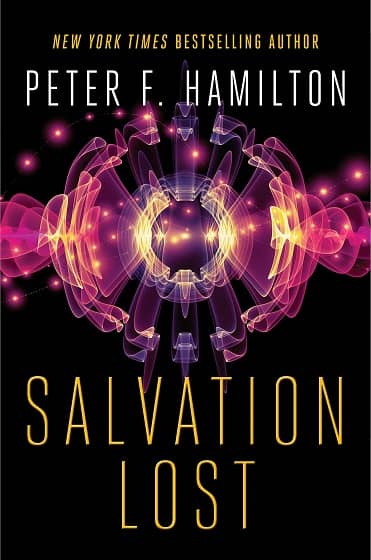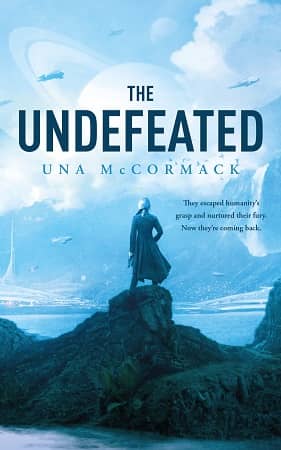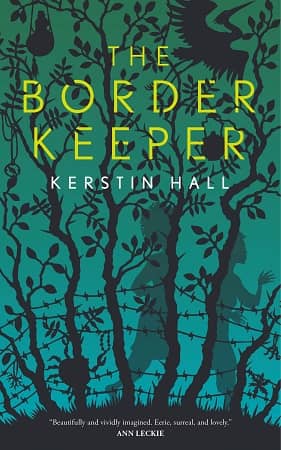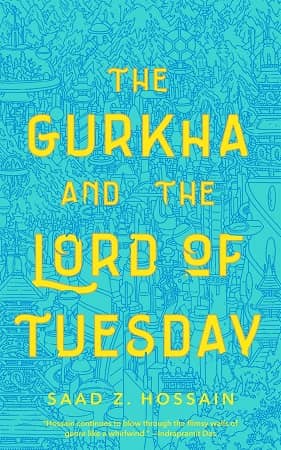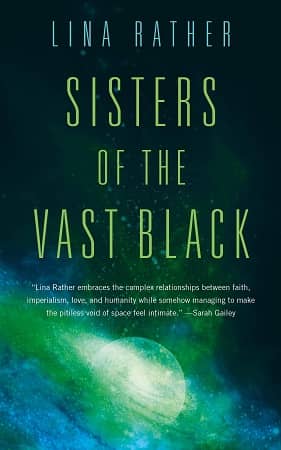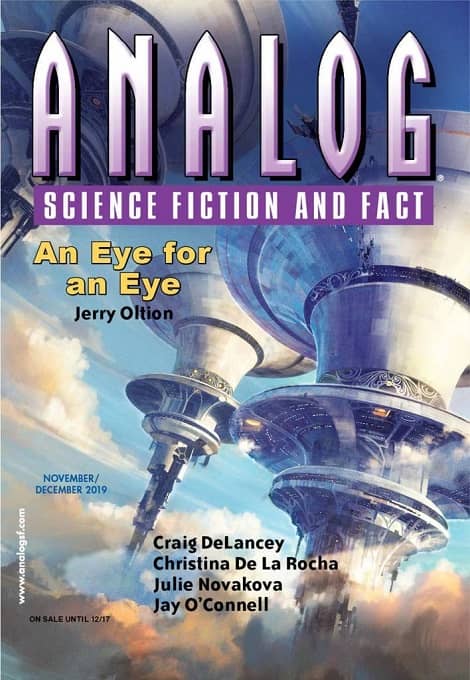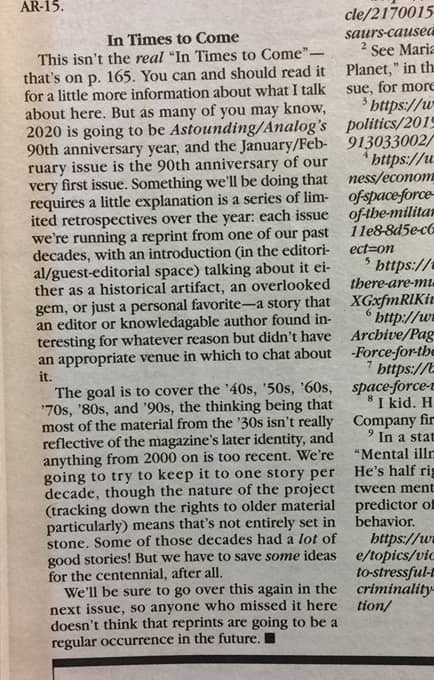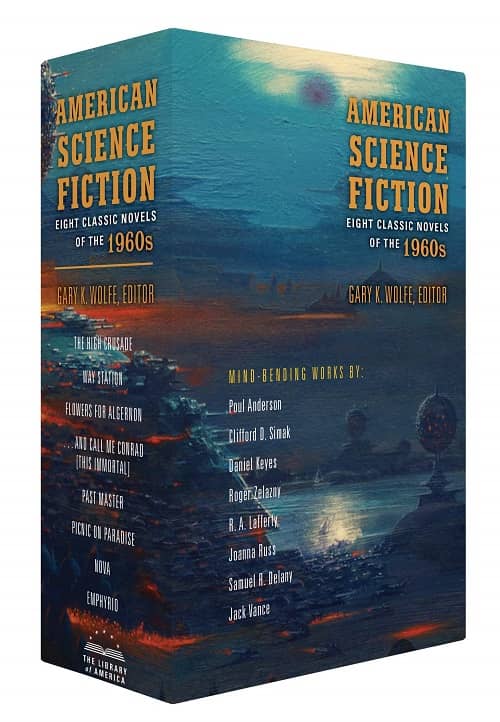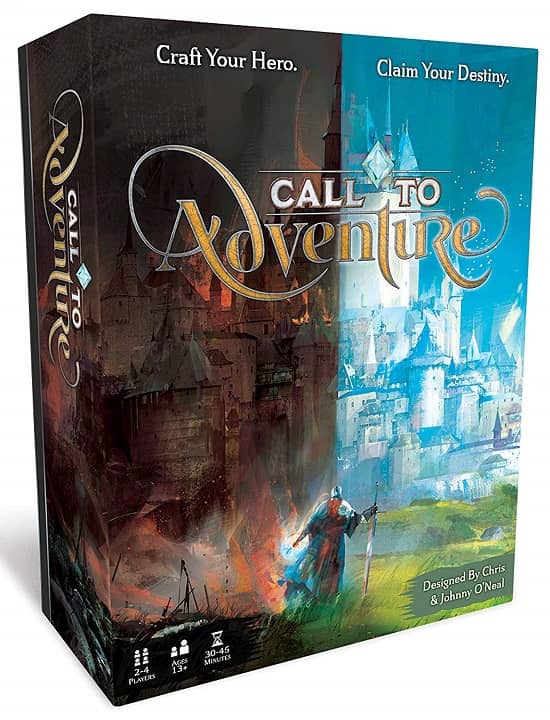Judith Tarr on The Golden Age of Andre Norton
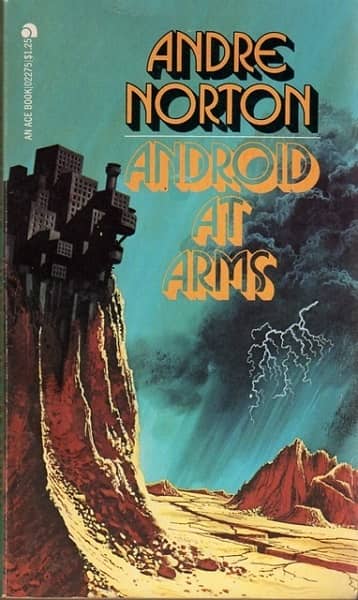 |
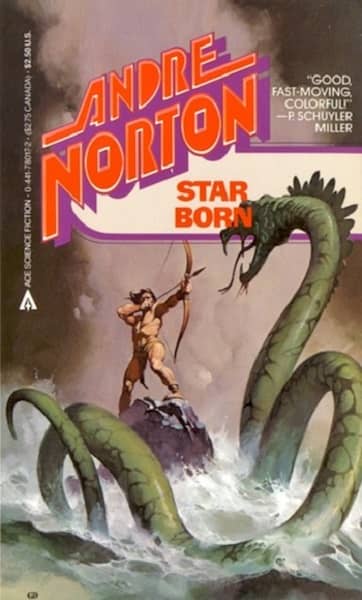 |
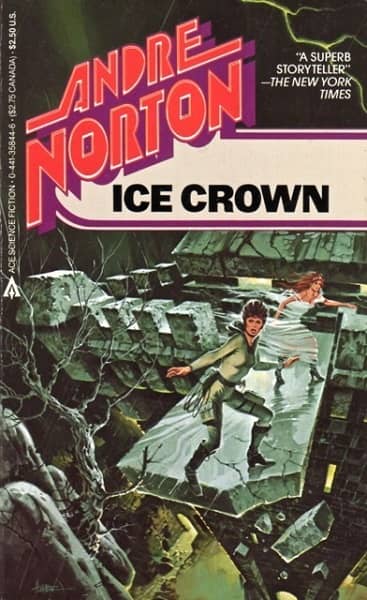 |
Covers by unknown, Gino D’Achille, and Paul Alexander
I’ve been enjoying Judith Tarr’s detailed and enthusiastic Andre Norton reread over at Tor.com. So far she’s covered…. whew, so many novels I’ve lost count. 70? 75? Seriously, it’s a lot.
The fact that there’s a science fiction writer with 70+ novels worth talking about is astonishing in itself. Andre Norton was a genre onto herself in her heyday, roughly 1952-1998, but very little of her work remains in print. But that doesn’t mean it’s not worth seeking out for modern readers. In last week’s post, “Agency and Mind Control in Andre Norton’s Ice Crown,” Judith makes a case that the Golden Age of Andre Norton was 1962-76, and she may have a point. Anyway, who’s going to argue with someone who’s read 72 Andre Norton novels in a row?
Now that I’ve read and reread a wide range of Norton novels from the Fifties to the early years of the new millennium, I’ve concluded that, for me, her “golden age” ran from the early Sixties through the mid-Seventies. Her official “Golden Age of SF” books of the Fifties have a distinct retro charm, and her later works kept on trucking for decades, delivering the patented Norton themes and settings and the occasional new one — and then there are her many collaborations with younger writers, some of them truly fine. But from about 1962 until about 1976, she wrote the novels that spoke to me most clearly and influenced my own writing the most.
I managed to miss Ice Crown at the time (1970). It hasn’t displaced any of my favorites from the period. But it’s classic Sixties/Seventies Norton.
The strong female protagonist, the overt feminism (so different from her all-male Fifties universes), the attempts at deeper characterization — it’s all there. Along with some of her patented themes and settings: alienation, psychic powers and mind control, political intrigue, and the just about inevitable subterranean adventures. Norton did love her caves.
Read the complete article here, and check out all 72 installments (so far) in the Andre Norton Reread at Tor.com. Here’s the back covers for the novels above: Android at Arms (Ace Books, 1973), Star Born (Ace, 1978), and Ice Crown (Ace, 1981).
